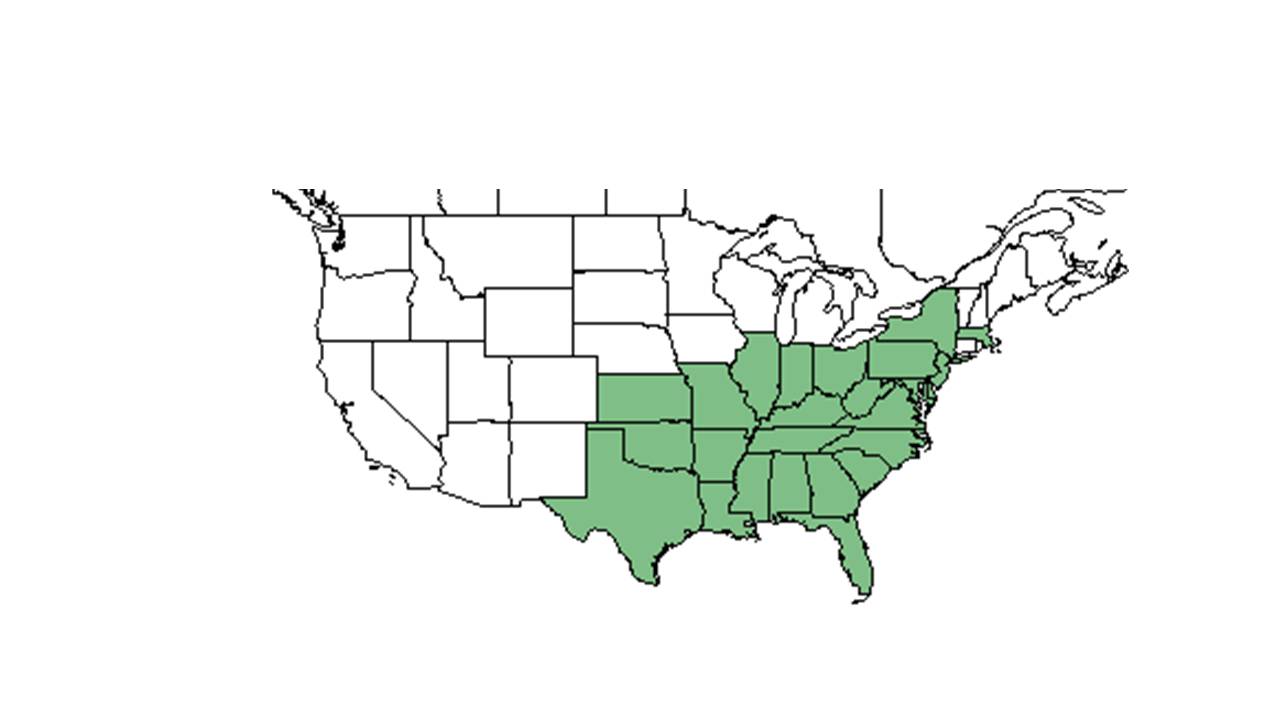Difference between revisions of "Hypericum hypericoides"
Ruthstetler (talk | contribs) (→References and notes) |
Ruthstetler (talk | contribs) (→Ecology) |
||
| Line 25: | Line 25: | ||
==Distribution== | ==Distribution== | ||
==Ecology== | ==Ecology== | ||
| − | + | ||
===Habitat=== <!--Natural communities, human disturbed habitats, topography, hydrology, soils, light, fire regime requirements for removal of competition, etc.--> | ===Habitat=== <!--Natural communities, human disturbed habitats, topography, hydrology, soils, light, fire regime requirements for removal of competition, etc.--> | ||
===Phenology=== <!--Timing off flowering, fruiting, seed dispersal, and environmental triggers. Cite PanFlora website if appropriate: http://www.gilnelson.com/PanFlora/ --> | ===Phenology=== <!--Timing off flowering, fruiting, seed dispersal, and environmental triggers. Cite PanFlora website if appropriate: http://www.gilnelson.com/PanFlora/ --> | ||
Revision as of 13:04, 20 July 2015
| Hypericum hypericoides | |
|---|---|

| |
| Scientific classification | |
| Kingdom: | Plantae |
| Division: | Magnoliophyta - Flowering plants |
| Class: | Magnoliopsida – Dicotyledons |
| Order: | Theales |
| Family: | Clusiaceae ⁄ Guttiferae |
| Genus: | Hypericum |
| Species: | H. hypericoides |
| Binomial name | |
| Hypericum hypericoides (L.) Crantz | |

| |
| Natural range of Hypericum hypericoides from USDA NRCS Plants Database. | |
Contents
Description
Common Name: St. Andrew's cross
Hypericum hypericoides is a perennial shrub species.
Distribution
Ecology
Habitat
Phenology
Flowering has been observed in March and September, while fruiting has been observed in September (FSU Herbarium).
Seed dispersal
Seed bank and germination
Fire ecology
This species has been found in habitat that is burned annually, indicating some level of fire tolerance (FSU Herbarium).
Pollination
Use by animals
Diseases and parasites
Conservation and Management
Cultivation and restoration
Photo Gallery
References and notes
Florida State University Robert K. Godfrey Herbarium database. URL: http://herbarium.bio.fsu.edu. Last accessed: June 2014.
Collectors: Ann F. Johnson, Wilson Baker, Loran C. Anderson, Leon Neel, R. Komarek, R.A. Norris, R.F. Doren, Robert K. Godfrey, Andre F. Clewell, Kevin Oakes, Chris Cooksey, and Sidney McDaniel.
States and Counties: Florida: Franklin, Jackson, Jefferson, Lee, Leon, and Wakulla. Georgia: Baker and Thomas. Texas: Orange. Other Countries: Dominican Republic.